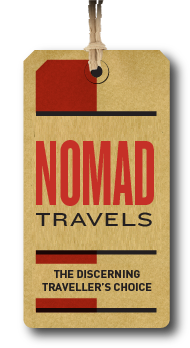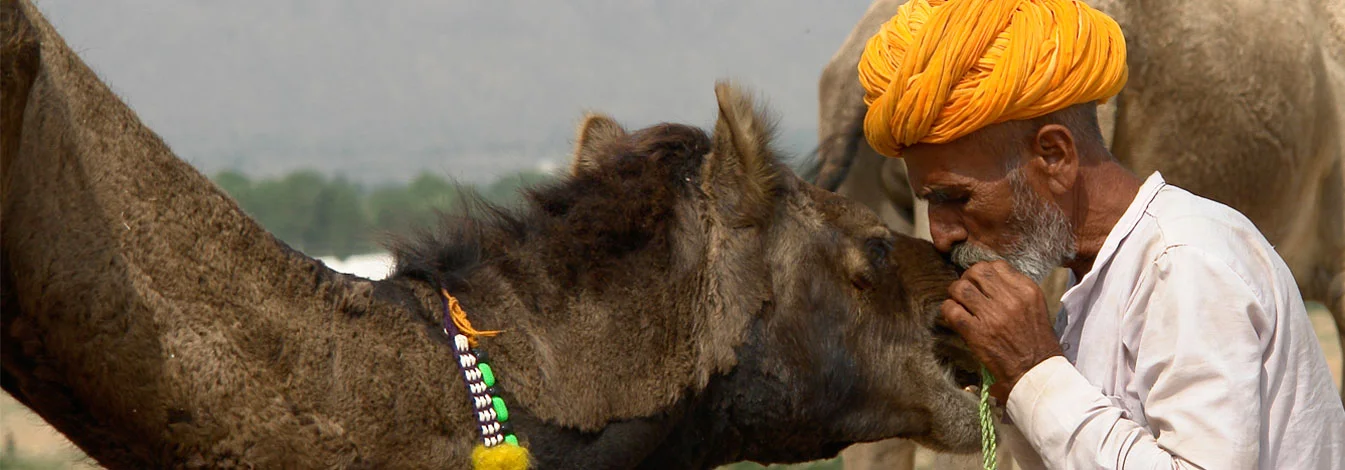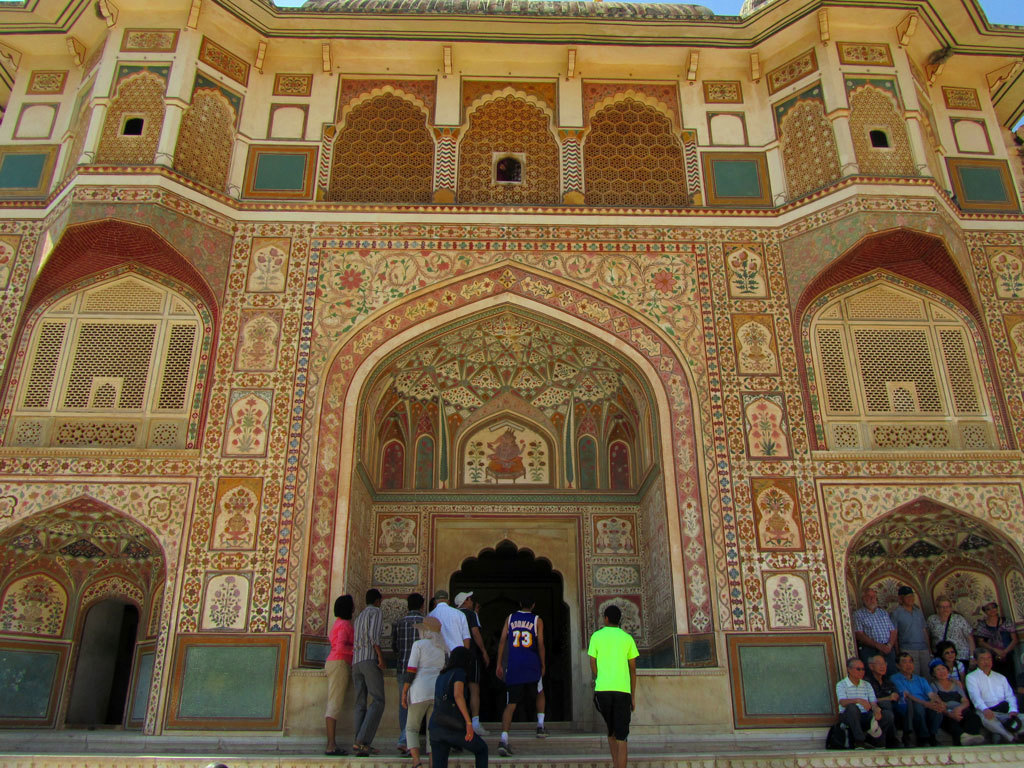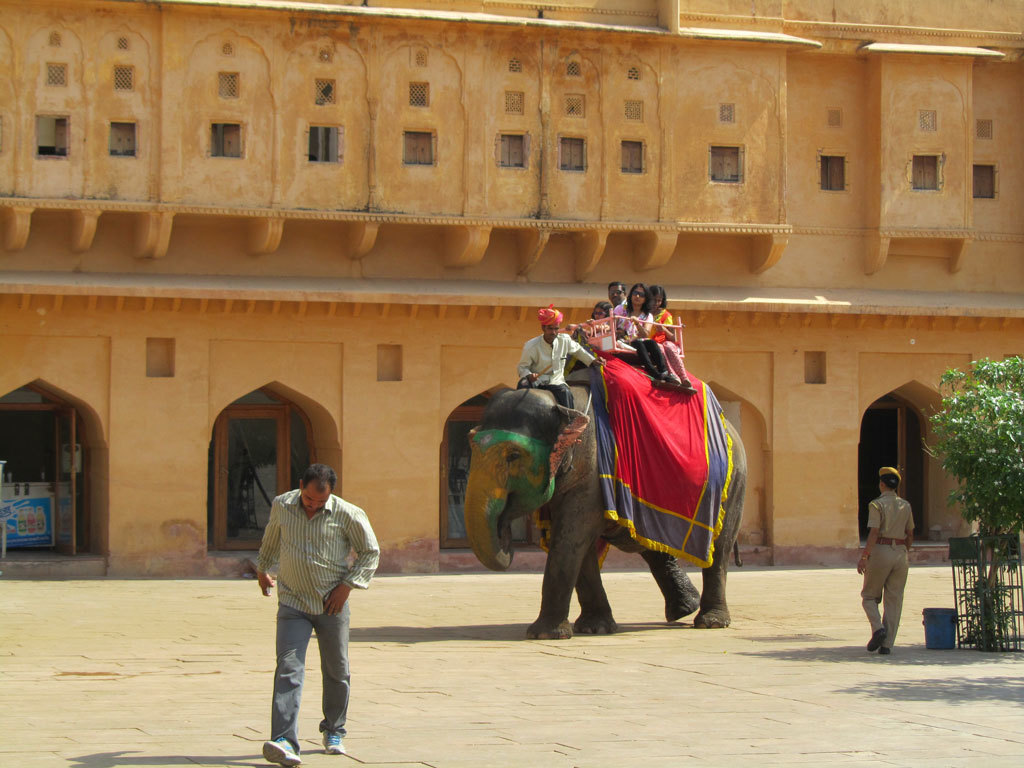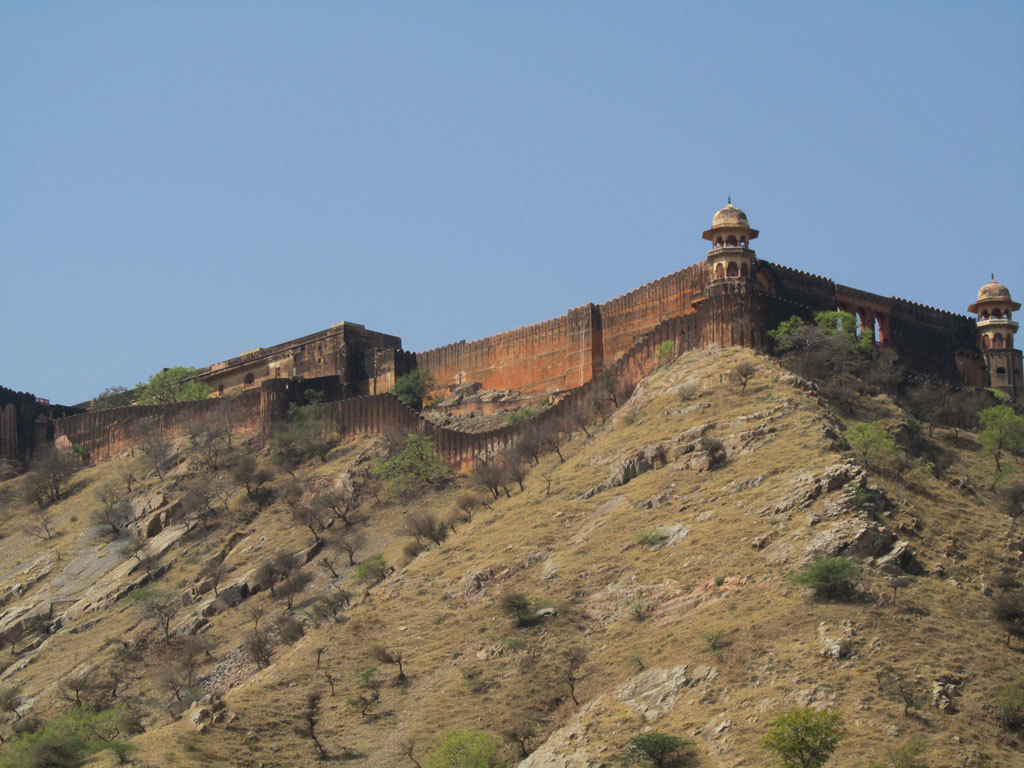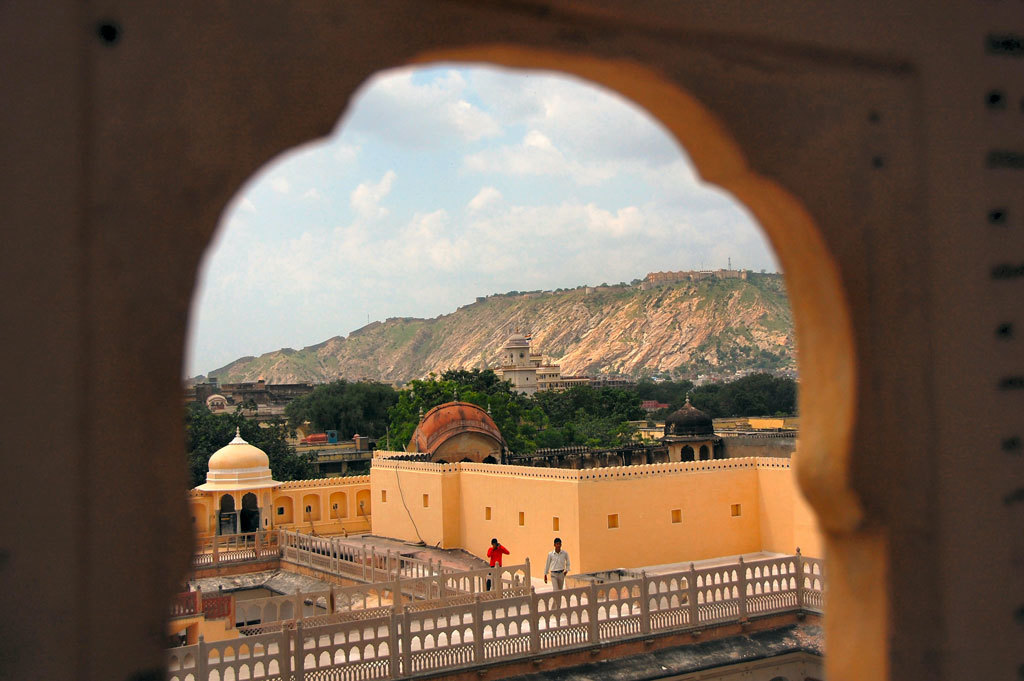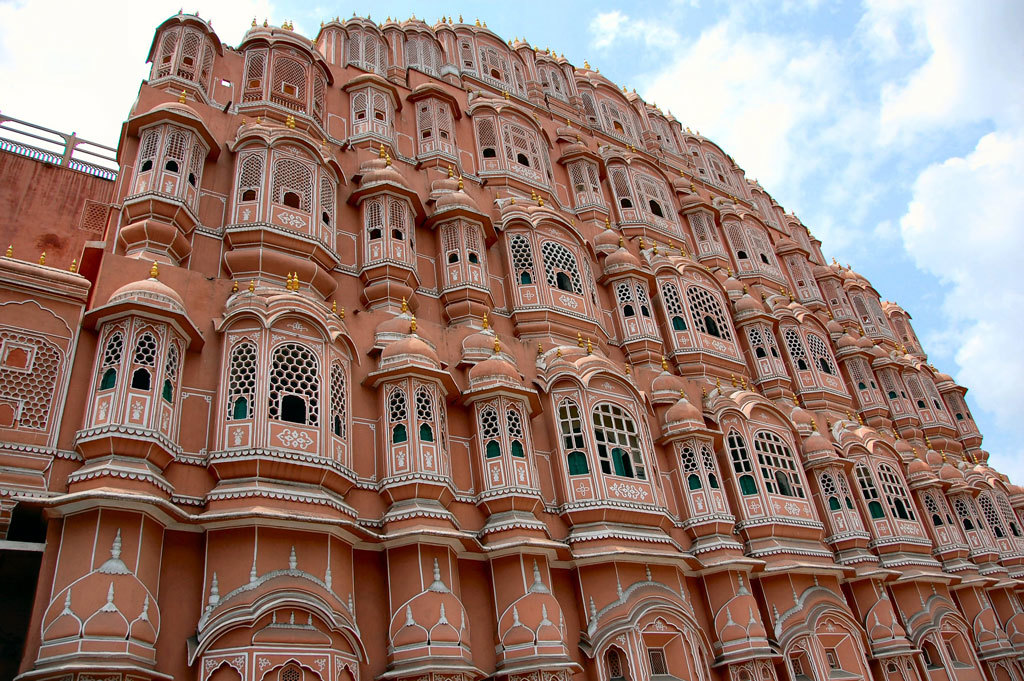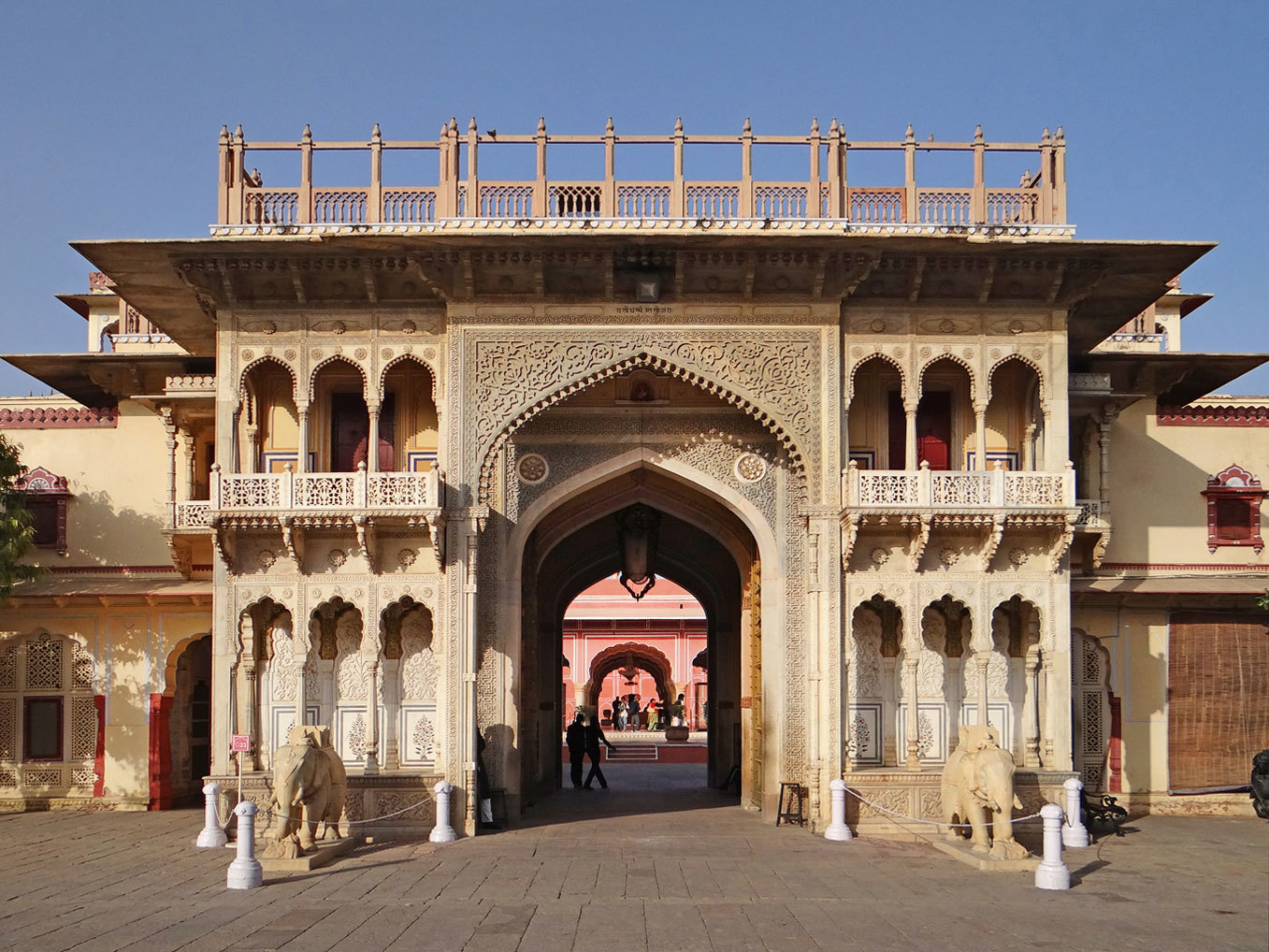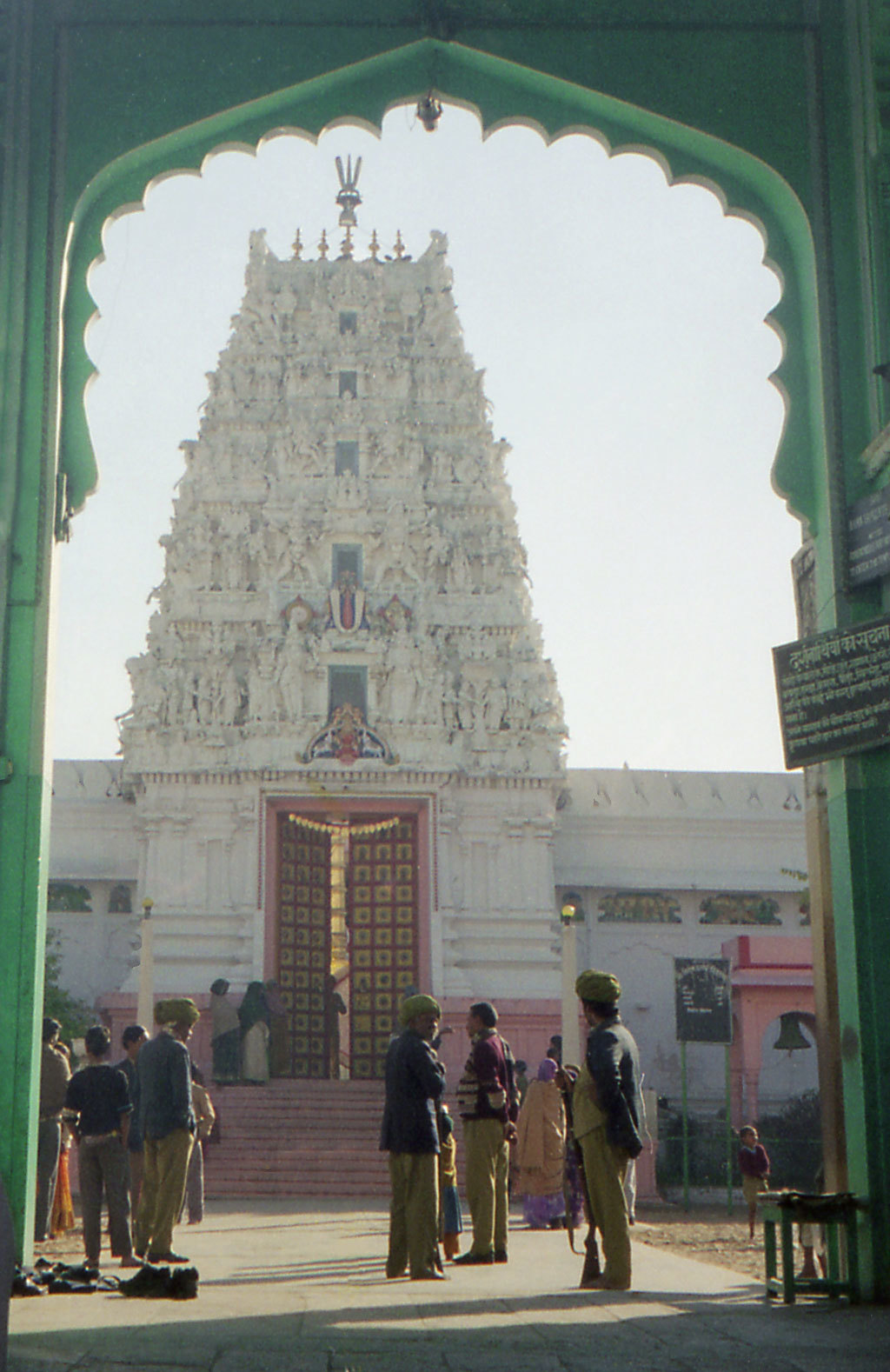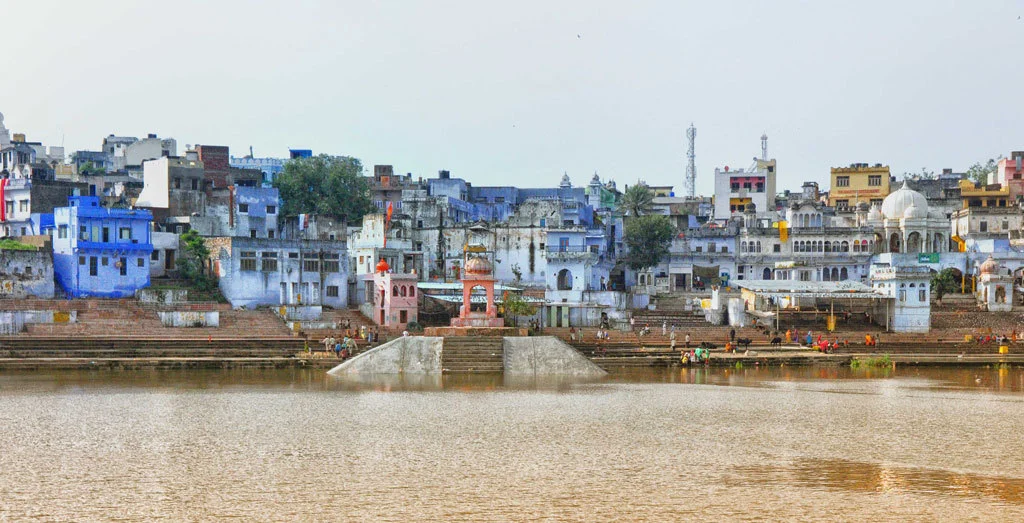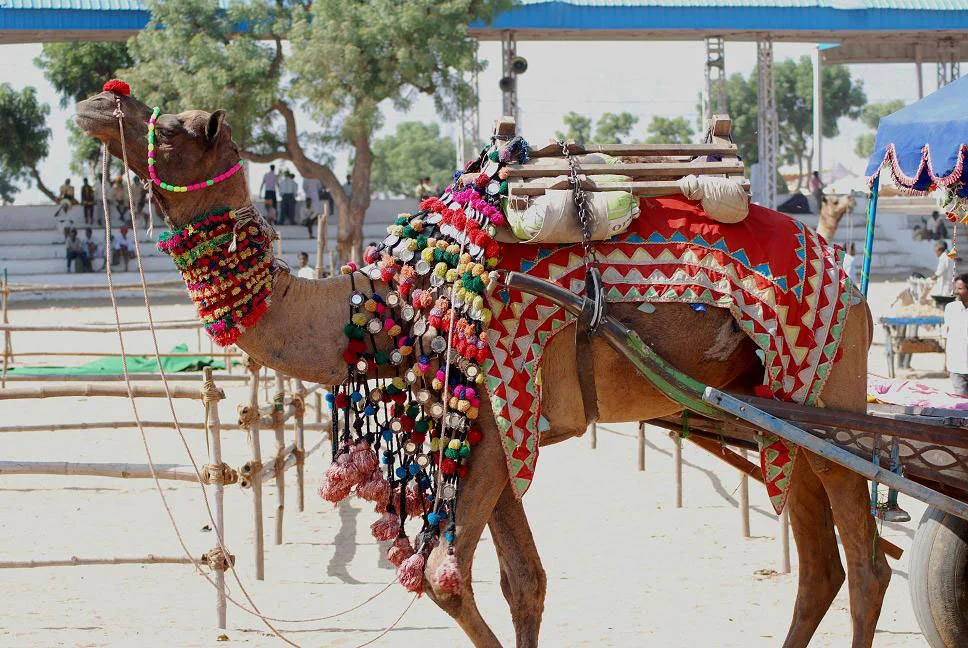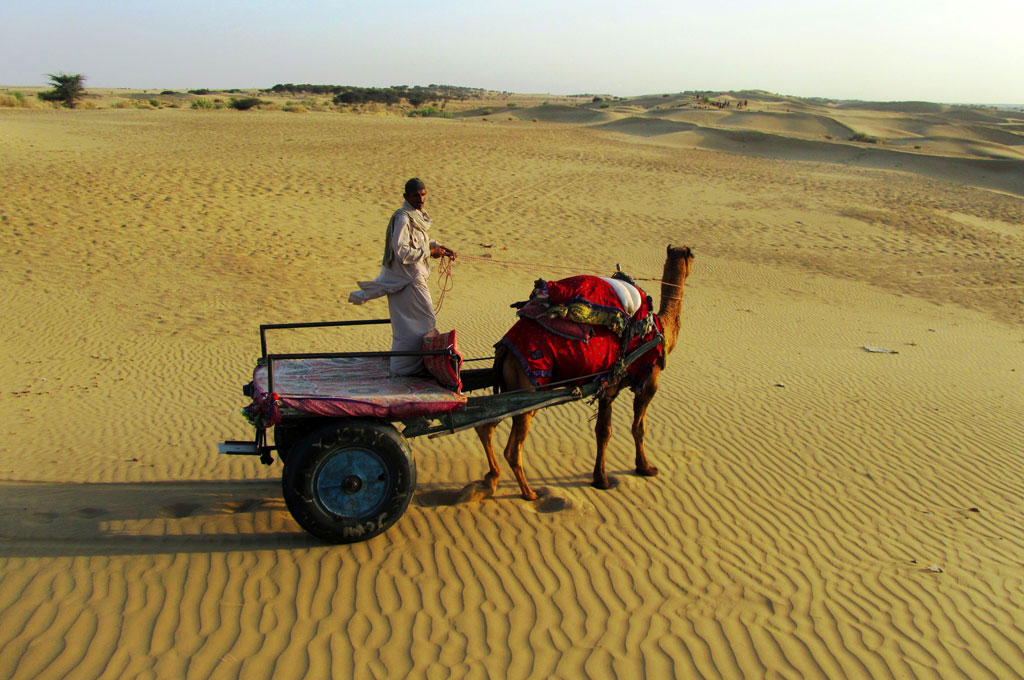Pushkar Fair: Destination Guide
The Pushkar Fair is one of the world’s largest camel and cattle fairs. Held over five days between the Kartik Ekadashi to Kartik Poornima of the Hindu calendar, the fair is a vibrant display of local trade, culture, lifestyle, and history. On the days of the fair, the small town is abuzz as traders and tourists mill about, the former looking for the year’s best deal while the latter soak in the amazing atmosphere. The dates of the fair normally fall in the month of November, when the weather at Pushkar is pleasant and ideal for long days in the sun. Try and book your accommodation at the specially arranged tourist villages, where tents are provided and named after the dances of Rajasthan. Here's the low-down on Jaipur, the first city you'll visit on this tour, followed by Pushkar.
JAIPUR is known as the 'Pink City' for the ubiquitous pink sandstone used in its architecture. It also has an immensely rich cultural heritage. Visits to the Rajput forts and royal palaces take you back in time and the bazaars provide fantastic shopping opportunities. Colourful block printed textiles, blue pottery and precious stones are a specialty.
City Palace
Located in the heart of the city, the palace now houses a large museum, but it also serves as the residence of the descendants of the royal family. There are a variety of articles on display- silks and brocades worn by the maharajahs and their queens, carpets, paintings, chandeliers, ornate palanquins and fascinating antique weaponry.
Hawa Mahal
With nearly 1,000 latticed windows, the five-storied Hawa Mahal or ‘Palace of Winds’ was built to allow women of the royal family to observe the proceedings in the street below, without being seen themselves. They would sit behind the carved stone screens which let in the breeze and at the same time permitted them to observe the practice of ‘purdah’.
Jantar Mantar
An astronomical observatory built by Maharaja Jai Singh II, the founder of Jaipur, between 1727-1734. The ‘instruments’ are actually huge structures built of stone and marble and are quite remarkable for their accuracy in measuring time, tracking the locations of stars, predicting eclipses, and so on. Let your guide walk you through this place for your lesson in ancient astronomy.
Note: The above three places are all within walking distance of each other.
Amber Fort
About 11 km outside the city is the beautiful Amber Fort, most notable for its artistic style which integrates both Hindu and Mughal elements of architecture and decoration. An elephant ride takes you up to the fort (you could always choose to go by car), the rugged exterior of which is in marked contrast to its lavish interior. The walls are covered with paintings, carvings and stunning ornamentation. There’s also a good sound and light show in the evenings.
Jaigarh Fort
Is located at the top of the same hill, connected to the Amber Fort by passages through the hillside. Jaigarh houses the massive Jaivana cannon- the world’s largest cannon on wheels, weighing in at 50 tons, with a 20 foot barrel. It also has a commanding view of the surrounding Aravalli hills. A very safe place to entrench yourself from an enemy attack... or a zombie invasion!
Nahargarh Fort
Provides a breathtaking view, overlooking the pink city of Jaipur. While the Amber Fort is the most popular and also in the best condition, the partial ruins of Nahargarh offer tranquility to those looking for some time alone.
Galtaji Temple
Off the tourist track, 10 km from the city, lies the Galtaji temple complex. These 18th century temples are built in the hillside and are a destination for pilgrims because the natural springs around the temple are considered holy.
Sisodia Rani ka Bagh
Which means ‘the garden of the Sisodia queen’ is located close to Galtaji, outside the city of Jaipur. Have a royal sprawl around the fountains, painted galleries and tiered gardens built by Sawai Jai Singh for one of his queens.
PUSHKAR the Pushkar mela (Hindi for 'fair') is the most popular trade and craft fair in Rajasthan. The lure of enchanting crafts and games against a backdrop of sand dunes and the Aravalli Hills is hard to resist for people looking for an authentic 'flavour of Rajasthan'. The sale of camel and other cattle, as well as horse and donkey races are the featured events. Conservative estimates say around 50,000 camels alone are brought to the fair, along with traders who sell local products like woolen blankets from Merta, bead necklaces from Nagaur, textiles printed in Ajmer and Jodhpur and brass-ware from Jodhpur and Jaipur. Other exciting events are a tug-of-war between the womenfolk and other traditional games like matka phod or moustache competitions. Saddles, ropes and assorted household items are on sale. The fair is a gala occasion full of colour, music and dance, with songs echoing in the desert land. Cultural shows and exhibitions are organised, along with movies on Rajasthan's history.
The Brahma temple at Pushkar is one of very few temples dedicated to Lord Brahma anywhere in the world, and it's an important pilgrimage site for Hindus. According to Hindu belief, Brahma is the creator of the universe and is part of the holy trinity of Hinduism with Vishnu the preserver and Shiva the destroyer. The Pushkar lake is also one of the holiest lakes of India. It's surrounded by ghats and a number of temples.
RELATED TOURS
“Popular tours”
